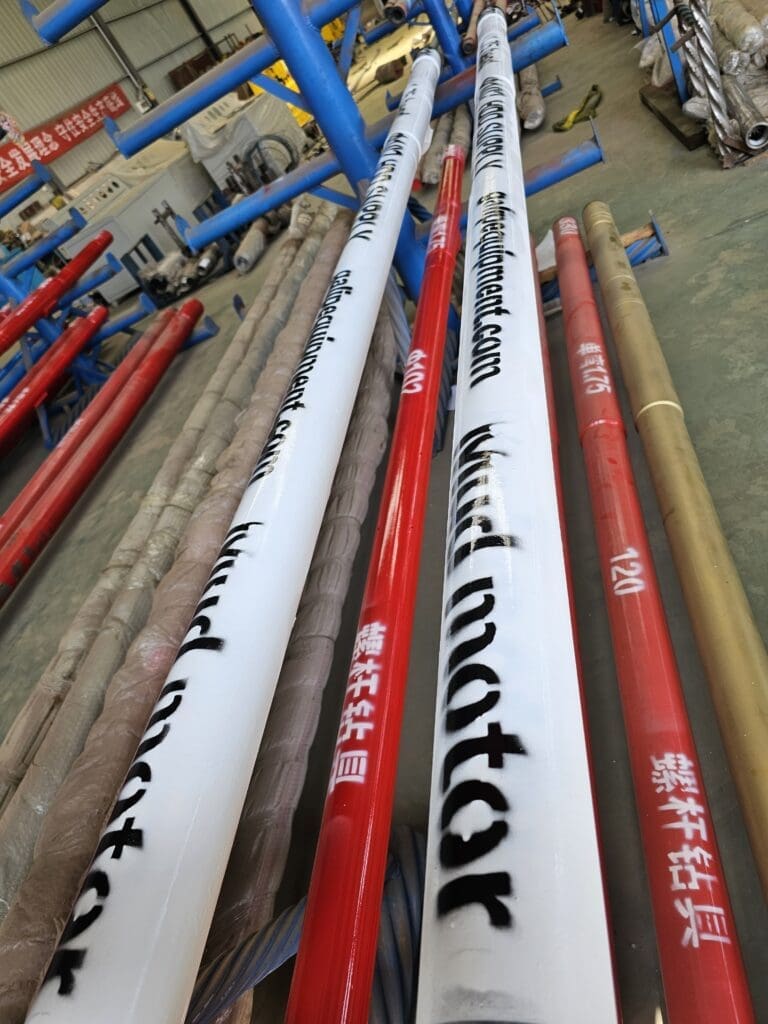
Introduction
Drilling mud motors, also known as downhole motors, play a pivotal role in the oil and gas extraction industry. These sophisticated tools convert hydraulic energy from drilling fluid into mechanical power to drive the drill bit, enabling efficient and effective drilling operations.
How Drilling Mud Motors Work
At their core, drilling mud motors consist of a power section that includes a rotor and a stator, which work together to convert the flow and pressure of the drilling fluid into rotational force. This force is transferred down to the drill bit, allowing it to cut through rock without rotating the entire drill string. This method is especially effective in directional drilling, where precise control over the drill bit’s direction is crucial.
Types of Drilling Mud Motors
Drilling mud motors primarily fall into two categories:
- Positive Displacement Motors (PDMs): These are the most common type and use a helical rotor that turns inside a stator to create rotation.
- Turbine Motors: These utilize fluid flow to turn a turbine, similarly to how a jet engine operates. Each type has its specific applications, with PDMs being preferred for their robustness and turbine motors for their high-speed capabilities.
Benefits of Using Drilling Mud Motors
The use of mud motors offers several significant advantages:
- Enhanced Drilling Efficiency: Mud motors allow for faster drilling speeds and can reduce the time required to drill through hard rock formations.
- Directional Drilling Capability: They are essential for drilling curved paths and horizontal wells, crucial in accessing oil and gas reserves in challenging locations.
- Reduced Equipment Wear: By isolating the rotational movement to the drill bit and not the entire drill string, mud motors decrease the overall wear and tear.
Applications in Oil and Gas Drilling
Mud motors are indispensable in complex drilling scenarios such as offshore drilling and shale exploration. They enable operators to precisely target oil and gas pockets, minimizing the environmental footprint and maximizing resource extraction.
Challenges and Limitations
Despite their advantages, mud motors face operational challenges such as differential sticking, motor stalls, and wear under extreme conditions. Regular maintenance and careful handling are required to mitigate these issues.
Innovations in Mud Motor Technology
Recent advancements in mud motor technology include improvements in materials for higher durability and the integration of sensors to provide real-time data on motor performance and drilling conditions. These innovations promise to enhance the reliability and efficiency of mud motors further.
Maintenance and Care
Maintaining a drilling mud motor involves regular inspection of its components, timely replacement of worn-out parts, and proper handling during operations. Operators should follow the manufacturers’ guidelines to ensure optimal performance and longevity.
Selecting the Right Mud Motor
Choosing the appropriate mud motor requires understanding the specific drilling conditions and objectives. Factors such as the type of formation, borehole size, and drilling direction play critical roles in selecting the most suitable motor.
Economic and Environmental Impact
Mud motors contribute to cost savings by reducing drilling times and equipment wear. Environmentally, their ability to support precise drilling helps minimize the ecological disruption typically associated with drilling activities.
Conclusion
Drilling mud motors are essential for modern drilling operations, offering the precision and efficiency required in today’s competitive oil and gas industry. With continuous technological advancements, their role is set to become even more significant in achieving economical and environmentally sustainable drilling.
FAQs
- How does a drilling mud motor work?
- What are the main types of mud motors?
- What are the benefits of using a mud motor in drilling operations?
- What maintenance does a mud motor require?
- How do I choose the right mud motor for my drilling needs?